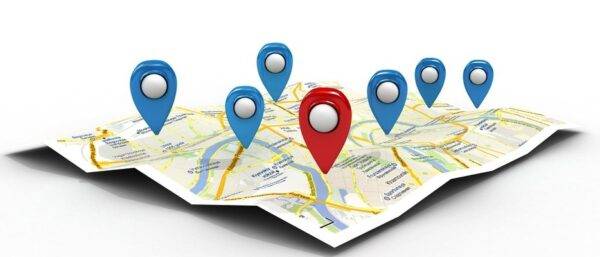When it comes to SEO, everyone is looking for a tip or tactic that could improve their search ranking. If your competitors are following best practices, optimizing their content, and gaining backlinks, small changes can be enough to secure a prominent position. Local SEO, whether for yourself or a client, is one area where simple tweaks can make all the difference. The practice of geotagging images is not a new one, but the majority of local sites won’t even consider it. Use the following suggestions to geotag your images, improving your overall level of optimization.
The average website will have some images that are consistent across the entire platform. A logo is the most obvious example, but there could be others in the sidebar or footer. Each page or blog post should include unique images, with Google favoring sites rich with media. These images can all be geotagged, while also given alt tags for labeling purposes.
Geotagging images is a fairly simple process, even if you are not technically minded. Firstly, you need the latitude and longitude of the business you are promoting. Search for the business using Google Maps, right-click the marker, use the ‘What’s here?’ option, and copy the coordinates listed for the business.
Next, you will need a tool to add the coordinates to your images. There are various software programs that can perform the functions you need, but Geosetter is a freeware option that works adequately. Add the GPS data to the images, save the file, and upload it to your website. When saving the image, use a descriptive file name that makes use of the image topic and location. Over the course of your site, your images can cover a variety of locations and related niche terms.
It is also worthwhile adding alt tags to the images, making it easier to identify them. You can help optimize for local searches by adding a local modifier to the general topic of the image. This tagging helps identify the niche and location of the image, giving a small boost to your SEO efforts. You can edit the alt tags using the geotagging software, but tools like WordPress also allow you to do this after uploading.
In many cases, you might be dealing with a site that is already active. It is still a good idea to go through the site, updating all the older images that are currently published. These updates might be enough to secure you a better position, with the added possibility of appearing for a greater number of terms and locations. Loading time is another important ranking factor, so this is the perfect opportunity for ensuring images are not too big and heavy on resources. A tool like Compressor.io can easily compress the image to a smaller size, while still maintaining the overall quality.
Geotagging and carefully labeling images might not revolutionize your SEO push, but it can be a factor in an overall optimization campaign. When everyone in your niche is using SEO techniques, going the extra mile can make all the difference. Geotagging is a quick and easy process, so ensure it becomes part of your local business optimization.












0 Responses